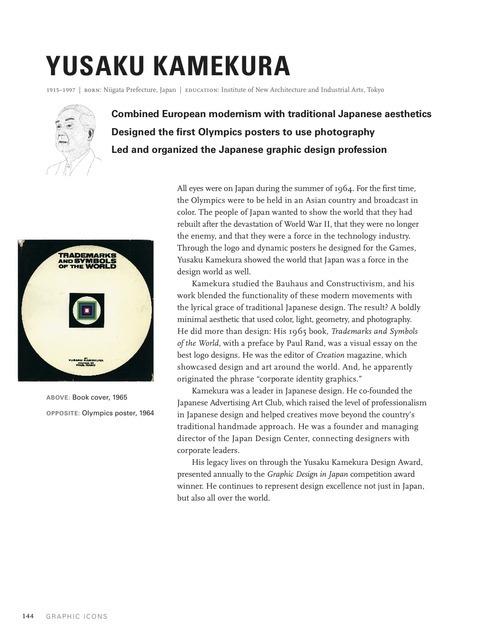"The Japanese Industrial Standard (JIS) defines two series of paper sizes: the JIS A-series and the JIS B-series. The JIS A-series is identical to the ISO216 standard A-series, only with slightly different tolerances. However, the JIS B-series is completely different to the ISO216 standard B-series. The area of Japanese B-series paper is 1.5 times that of the corresponding A-series paper, so the length ratio is approximately 1.22 times the length of the corresponding A-series paper. The aspect ratio remains the same for JIS B-series paper as it is for A-series paper. Both JIS A and B-series paper is widely used throughout Japan and Taiwan."
The presentation of one's meishi to another person is more formal and ritualistic than in the Western world. The card should be held at the top two corners, face up and turned so that it can be read by the person receiving the meishi, who takes it by the bottom two corners using both hands. Placing one's fingers over the name or other information is considered rude. Upon receiving the meishi, one is expected to read the card over, noting the person's name and rank. One should then thank the other person, saying "choudai itashimasu" or"choudai shimasu", and then bow.[4] When meishi are being exchanged between parties with different status, such as between the president of a company and someone in middle management, it is proper that the person of lower status extend his or her business card in such a way that it is underneath or below the meishi being extended by the person in a higher position.
Meishi should be kept in a smart leather case where they will not become warm or worn, both of which are considered a sign of disrespect or thoughtlessness. A received meishi should not be written on or placed in a pocket; it is considered proper to file the meishi at the rear of the leather case. If the meishi is being presented at a table, the recipient keeps the meishi on top of the leather case until they leave the table. If several people are involved in the meeting and one receives several meishi, the one with the highest rank is kept on the leather case, and the others beside it, on the table.
The manner in which the recipient treats the presenter's meishi is indicative of how the recipient will treat the presenter. Actions such as folding the card in half, or placing the presenter's meishi in one's back pocket, are regarded as insults.







